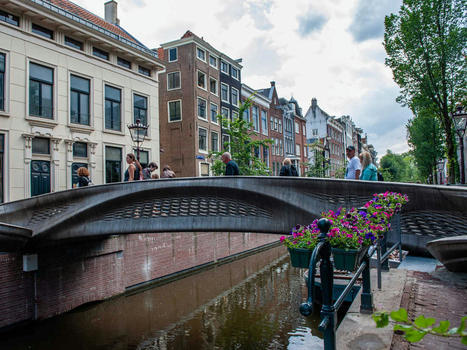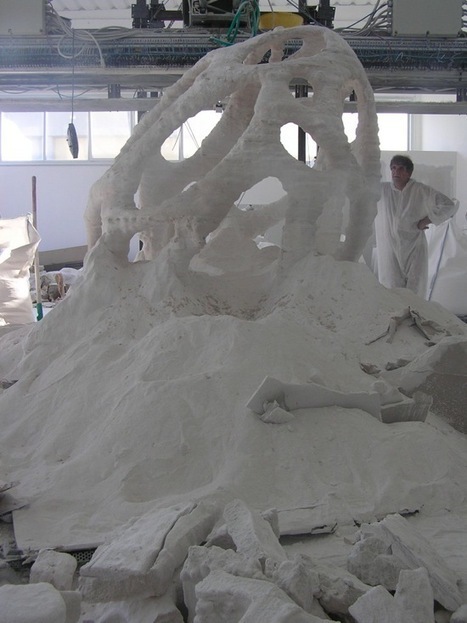Following four years of planning and research, the world's first 3D printed footbridge recently opened to the public in Europe.
The almost 40-foot bridge, unveiled last month, was built by Dutch company MX3D and will serve as a "living laboratory" in Amsterdam's city center.
Researchers and engineers at Imperial College London were able to 3D-print the bridge — which now serves pedestrians and cyclists crossing Amsterdam's Oudezijds Achterburgwal canal.
From Guns To Chocolate: The Possibilities Of 3-D Printing
"A 3D-printed metal structure large and strong enough to handle pedestrian traffic has never been constructed before," said Imperial College London professor Leroy Gardner in a news release.
A 12-meter 3D-printed pedestrian bridge designed by Joris Laarman and built by Dutch robotics company MX3D has been opened in Amsterdam six years after the project was launched.nAna Fernandez/SOPA Images/LightRocket via Gett Designers first created the concept for the bridge in 2015, with the goal of making an "exceptionally efficient structure," emphasizing both simplicity and safety, according to Popular Mechanics.



 Your new post is loading...
Your new post is loading...









